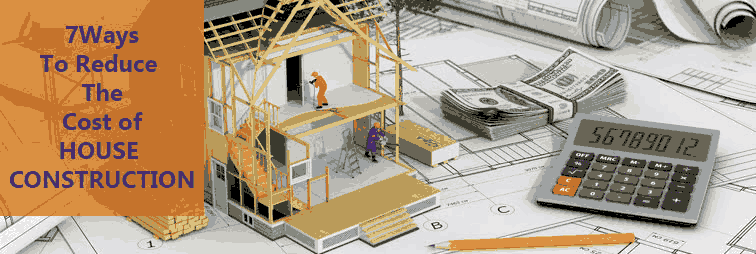You have no items in your shopping cart.
Post Requirement
Construction has been in existence since times unmemorable. While the fundamental principle of building infrastructure remains the same, the method of construction has been improving over time. Unmanned Aerial Vehicles (UAVs) are a new variation in the construction industry. In just a few years, this technology has gained ground in many industries due to its capability of capturing and processing data that is useful for planning procedures. Due to its versatility, drones are used for many activities and can bring forth an aerial view of a construction site at a relatively cheaper price. They are actively used in the development process as they save a lot of time during planning. These are the areas where drones are found to be useful in the construction industry.
Surveillance of Buildings
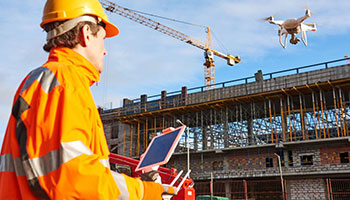
Unmanned Aerial Vehicles can be used to survey areas that are dangerous to reach such as unfinished rooftops and high-rising areas. Drones make this process easier by taking pictures and providing an eagle’s eye view of a location. Surveyors can gain an exceptional amount of knowledge in real-time, which may not have been easily gained without an aerial point of view. This automatically reduces the risks workers need to take by using ladders and temporary stages or scaffolding to reach risky high rise and risky areas.
3D Mapping of a construction site
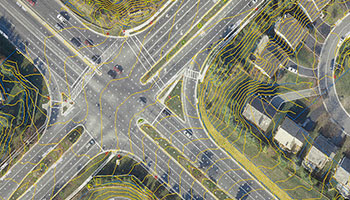
Previously, mapping a construction site was a long and tedious task that was also not very cost-friendly. However, with the introduction of drones into this process, it has become a smoother process. Drones can capture images in real-time and send them back almost immediately. Since they also capture data from different angles, there is a stronger chance of accurate data predictions in a short time. Drones have made it considerably easier to reach almost any area with ease.
Site Inspection
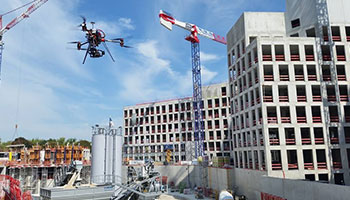
It has been observed that drones can be used for inspecting sites that may be hazardous to humans. For example, a building under construction which is next to a water body or on a cliff may be risky for human inspection. A drone can be used to conduct daily inspections without human beings on-site where instead, they can safely view the footage of inspection from their offices. Drones can conduct a detailed inspection over a time duration which can be used as proof for insurance claims.
Instant Connectivity
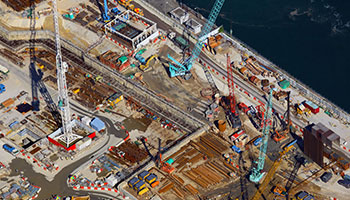
Drones used in a construction site are the connecting link between every activity that takes place. Technology has improved so drastically that drones are now the eyes of workers on-site. Live footage can be used to detect errors which can be rectified immediately and prevent the occurrence of mishaps. Drones are a major source of continuous connectivity and hence, management is simultaneously improved. The ability to manage workflow at a steady pace due to the implementation of this technology is one of its winning features.
Security
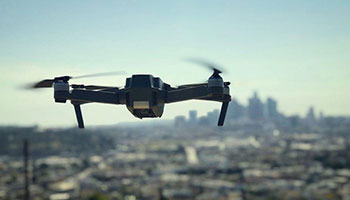
Drones are not only used in site surveillance and inspection but are also efficient in ensuring the safety of the construction workers. Constant surveillance helps to keep security in check and also prevents pilfering or sabotage of materials on-site.
Challenges with Drones
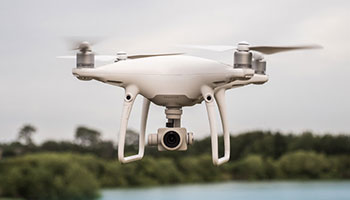
Weather
Harsh weather conditions can prove to be a challenge while operating drones unless they are specially designed to withstand wind and other weather conditions. However, most drones are difficult to operate during strong winds, rains, etc. Harsh weather can cause the drone to be swept away or give inaccurate data predictions.
Expensive
Although drones do save a lot of money during a construction project, the market price is pretty exorbitant. This is often the reason why many companies decide not to invest in drones even though it is a worthy procurement.
Technicians
Drones that are used for commercial purposes such as in the construction industry requires at least two people who are properly trained to be operated. These persons should know how to use this technology, including the exact model of the drone and the sensor being used to extract the correct data. They should also be having complete knowledge about the area of the construction site.
There are both pros and cons to the usage of drones, however, as the years go by and technology keeps improving itself, the pros will surely outweigh the cons and there will be more usage of drones in the construction industry.
Please check out:
Srujana T











